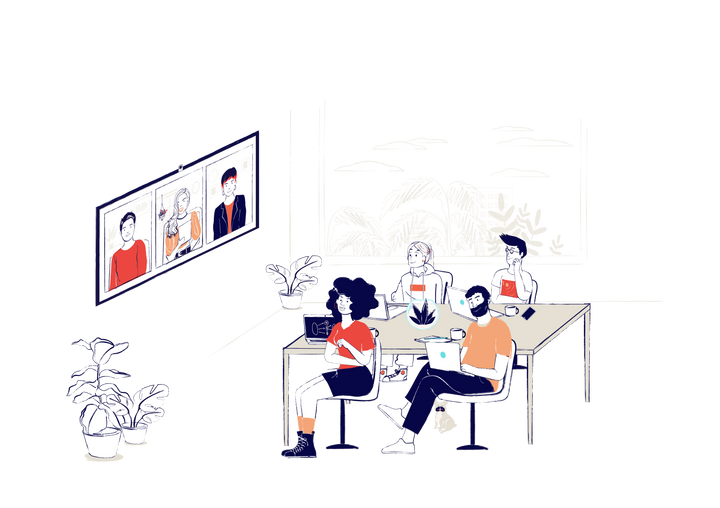How accessibility initiatives benefit everyone

I caught COVID around a month ago. Luckily, I wasn’t too ill - just wiped out for a few days. The fever broke after three days, and the cough only lasted a week. A month later, though, my fatigue hasn’t shifted.
I’ve spent more days than I’d like to admit this past month logging onto my meetings and writing documents from my bed or my sofa, unable to summon the energy to sit upright at my desk. During long days, I’ve needed to have a small lie down after a meeting, or after solving a difficult issue. All things I would not be able to do if I was based in an office full time.
In my role at Conscious Culture I’ve spent a long time researching accessibility and inclusion at work, writing and talking about the ways companies can help their employees work better, regardless of their circumstances.
And it turns out: inclusion initiatives intended for disabled people and people with access needs actually help everyone else too.
How do inclusion initiatives benefit everyone?
Because Conscious Culture models ourselves on a remote first, ‘async where possible’ company culture, it meant that I could work from my bed, I could take 20 minutes for a nap when needed, I didn’t have to drag myself into an office everyday and burn myself out.
Accessibility is crucial in all aspects of life, from web design to urban planning, from work structures to entertainment. We can see accessibility benefiting everyone, not just its intended users, in real life too.
People with heavy suitcases taking advantage of step-free public transit, not just wheelchair users. Viewers learning a new language make good use of subtitles in TV shows, not just people with hearing impairments. Pre-cut fruit helps busy workers on the go in need of a nutritious snack, not just those who struggle to handle knives due to illness or disabilities.
Making the world more accessible has real, tangible benefits. In work specifically, Score found that employers who made accommodations in the workplace reported that:
- 86% of employers said making accommodations helped retain qualified employees
- 59% said making accommodations increased company productivity
- 61% said making accommodations increased company morale
- 24% reported increased profitability after making accommodations
How can you make work more accessible?
There are different ways you can make your workplace more inclusive, and a lot of the ideas are easy, quick, or cheap to implement. You can:
Allow employees to work from home or work remotely
Allowing employees to work from home means that you’re enabling employees to work around whatever restrictions they may be facing on any particular day. That could be waiting in for a plumber, caring for an elderly relative, or too fatigued to commute to an office.
Group meetings together on one or two days a week, or during a two to four hour stretch during the day
Being “on” during meetings can require a lot of energy for people who suffer from chronic illness. By grouping meetings into smaller time chunks, rather than spread out across the week or day, people can more easily prepare themselves for this energy outlay, and schedule time for themselves to recover afterwards.
Commit to making announcements in multiple formats
Got a big announcement you can’t wait to tell the whole company? Make sure you follow up that all-hands with an email and a meeting recording for those who were unable to attend. Providing verbal and written communication also helps people who struggle to retain information when it is presented a certain way, such as visual learners or people with ADHD.




